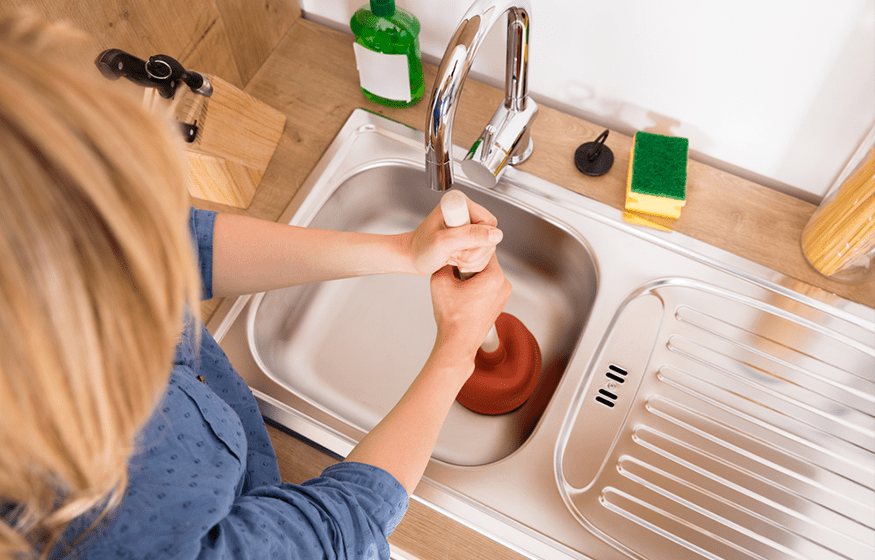A Main Drain Cleaning Guide For Homeowners

The plumbing infrastructure in our homes serves as the unsung hero, ensuring waste and wastewater are efficiently carried away. Among these, the main drain stands as a pivotal component, and main drain cleaning becomes a priority task when clogs or other issues arise. Let’s uncover the essence of this process and its importance.
Understanding the Main Drain
When discussing household plumbing, it’s paramount to comprehend the significance of the main drain. Imagine it as the central highway that channels all the wastewater from different parts of your house, be it the bathroom, kitchen, or laundry, and sends it either to the city’s sewage system or to your personal septic tank.
Signs You Need Main Drain Cleaning
Knowing when your main drain requires cleaning is crucial to maintain optimal plumbing health. However, unlike minor issues in other parts of the house, problems with the main drain manifest in more pronounced ways:
- Frequent Clogs: If you start observing recurrent backups in multiple places, such as your toilets, sinks, or bathtubs, it’s a glaring sign. While a single clogged sink might be an isolated problem, multiple areas experiencing issues hint towards a problem in the main drain.
- Bad Odors: Imagine walking into your bathroom or kitchen and being hit with a putrid, unmistakable smell. This often means there’s a buildup or blockage in your main drain, causing wastewater to stagnate and produce a foul odor.
Causes of Main Drain Clogs
The main drain, being the primary pathway for all your household wastewater, encounters an array of materials and substances. This diversity of materials can, over time, lead to blockages due to various reasons:
- Tree Roots: One of the most formidable opponents of underground pipes are tree roots. They are naturally attracted to the moisture surrounding the pipes and can invade even the tiniest cracks or joints.
- NonFlushable Items: A common cause of clogs, especially in households with children, are items that shouldn’t be flushed down toilets. Toys, diapers, sanitary products, and even certain types of thick toilet papers can become lodged within the drain, creating a barrier for other wastes.
- Grease and Fat Buildup: It’s tempting to wash away fats, oils, and grease down the kitchen sink. Over time, these substances can solidify, forming a sticky residue that adheres to the sides of the pipes.
DIY Main Drain Cleaning
For the proactive homeowner, the first instinct when facing a clogged main drain might be to tackle it themselves. DIY methods can be effective for minor clogs and are generally more budget friendly than hiring professionals. However, always consider professional drain cleaning services if you lack the tools or time to do it yourself. :
- Natural Cleaners: Combining household items like baking soda followed by vinegar can work wonders. This mixture, once poured into the drain, creates a fizzing action that can help break down organic materials.
- Drain Snakes: This is a more hands on tool that allows homeowners to physically dislodge obstructions. By inserting and manually rotating the snake, one can often catch onto the blockage and pull it out or break it apart.
- Boiling Water: Sometimes, a simple remedy can be effective. Pouring boiling water can soften or dissolve certain types of blockages, especially those caused by fats or soaps.
